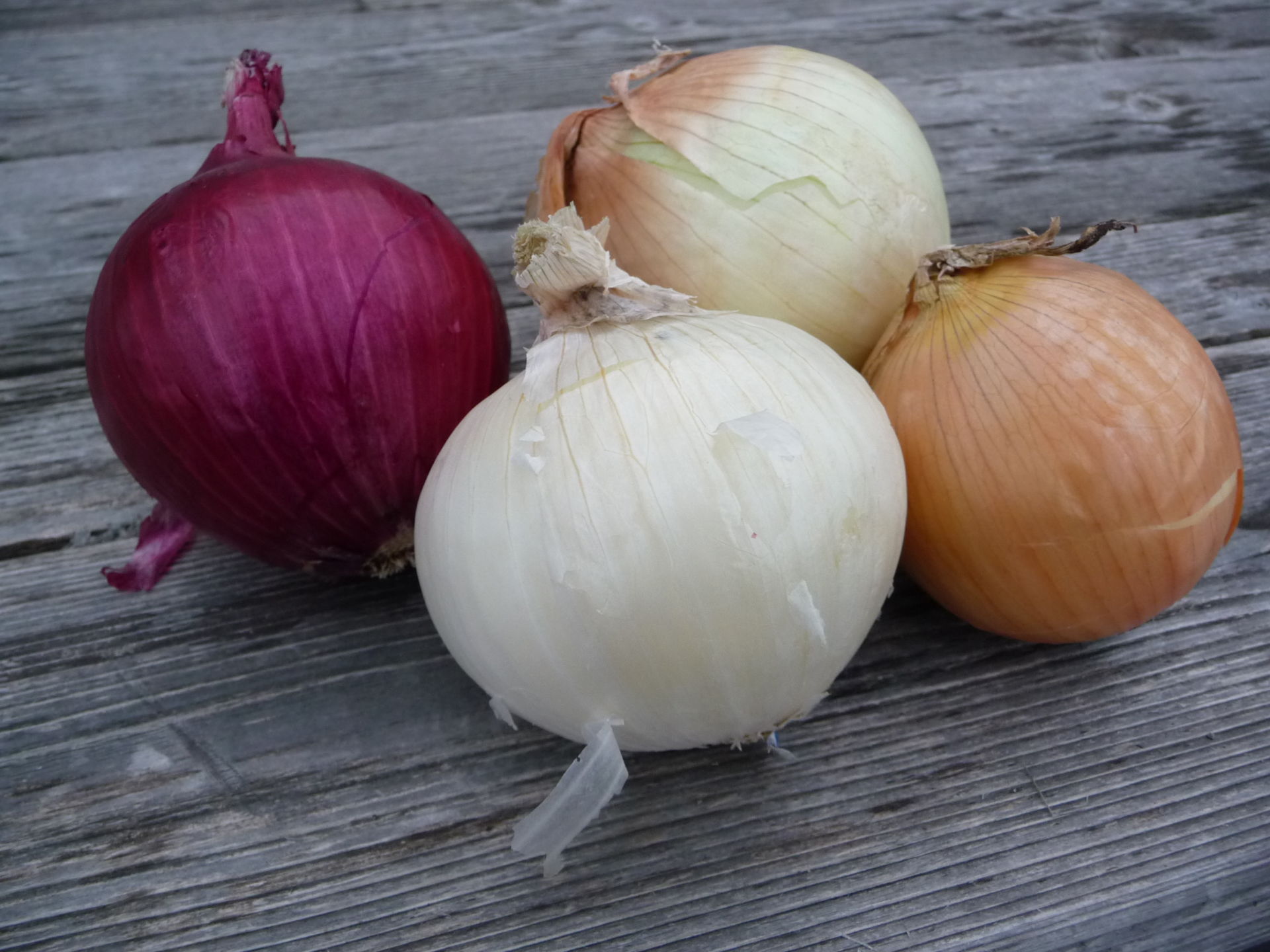Uncle Jacob and Uncle Cor, my Dad’s brothers, ran a nice Garden Centre in North Holland, not far from where my parents grew up. No surprise. I have not been there for at least a couple of decades, and my guess is that the place is probably run by my cousins or their kids, who I would not recognise.
Back in 1914, my grandfather, who I never met, grew a few onions and kept track of planting dates and performance of a few varieties. Not long after World War 2, my folks immigrated to Canada and the two brothers, along with a brother-in-law took over the family farm and soon began growing onions commercially. The Garden Centre slowly took a back seat to the onion business.
Today, DeGroot en Slot BV, still headquartered in North Holland, is a world player in the seed production of onions, garlic, and shallots. Originally fueled largely by the hungry demand of onions in France, the company now supplies onion seed to markets throughout Europe, Africa and into North America. There is a good chance that varieties of onion seed and bulbs found in Ontario stores have origins in North Holland.
Growing onions from seed is almost contagious. Once you start with a few varieties, you will undoubtedly expand the garden and try a few more.
Start by looking for a suitable seeding tray. Plastic clamshell containers will do the trick just fine, as will pie plates or shallow margarine containers. Be sure to punch holes in the tray so excess water can drain away.
Use sterilized seeding soilless growing medium. Fill the tray with at least 2 inches soil and water thoroughly. Next broadcast the seed over the soil and tamp the seed slightly so the soil adheres to the seed. Onions want heat to sprout and if possible, they would like a bottom heat source to warm up the soil. Keep the soil reasonably moist.
If all goes well, seed will begin to sprout in about 10 days. After seeds have sprouted, young seedlings should be moved to a cooler location. Allow the seedlings to grow for about 10 weeks before planting outdoors. If they stretch upwards, trim the tops down to about 3 or 4 inches high.
Onion seeds will be ready for planting outdoors in about 8 or ten weeks. For Southwestern Ontario, the time to plant outdoors is the end of May, so if you work backwards, the time to sow seeds is anytime between the end of February and the beginning of April.
When the time arrives to plant outdoors, prepare the garden bed with a rake and cut an inch deep furrow with a trowel, stick or shovel handle. Carefully remove the seedlings and plant them about an inch deep or less. Make sure your soil is fertile with rich compost. Don’t pant too deep and make sure your garden is in the hot sun.
For those who want to skip the process of starting onion seeds from scratch, look for started onion bulbs which were grown from seed planted last fall. The bulbs, about the size of a marble, are bought in early spring and can be planted directly outdoors in April and May, for harvesting in mid to late summer. The most popular are Dutch Sets, which produce a smallish cooking onion that stores well. Spanish Onion becomes larger with a sweeter taste. White Onion and Red Onion have more intense flavour.


